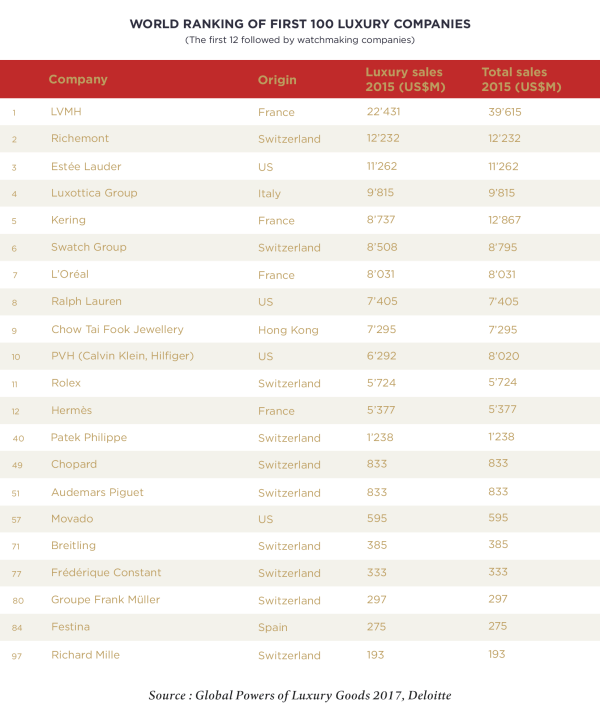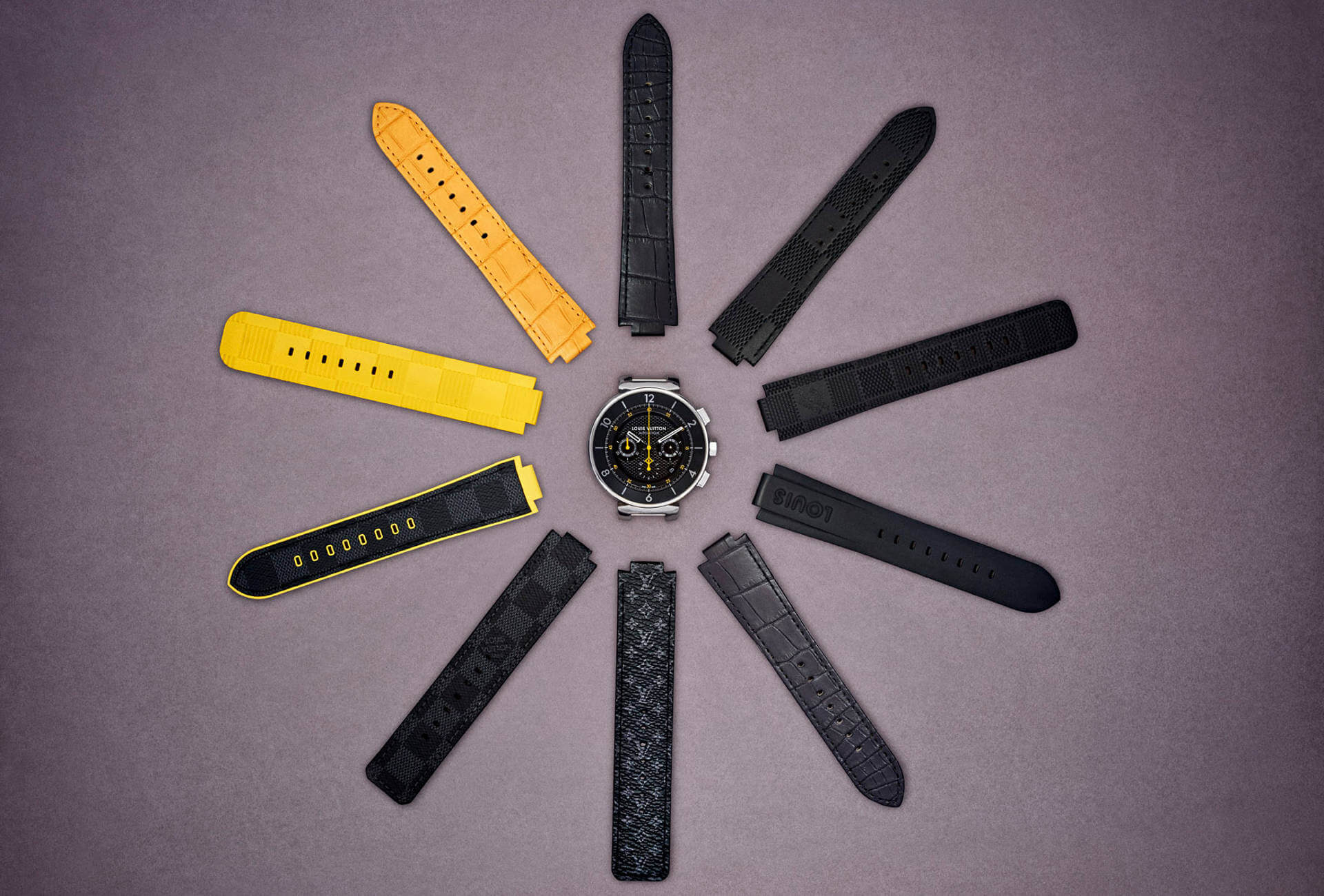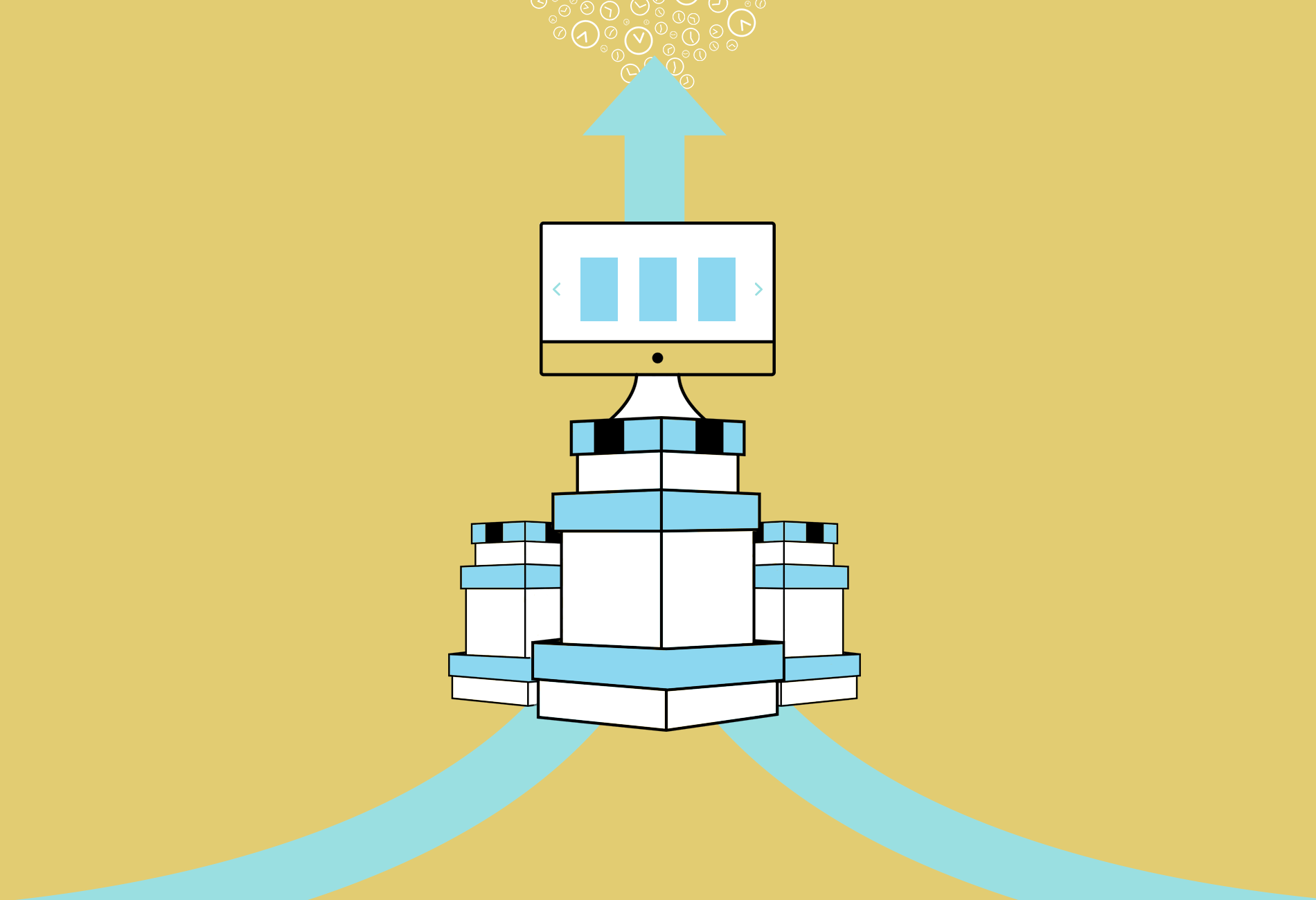According to Deloitte’s Global Powers of Luxury Goods 2017 report, which examines the 100 largest luxury goods companies globally, Italy has the most luxury goods companies (a total of 26) while France can claim the highest share of sales. Of the 100 companies in question, ten are Swiss watch firms. For FY2015 to June 30th 2016, these 100 businesses generated sales of US$ 212 billion, giving composite currency-adjusted growth in sales of 6.8% for the year. Composite net profit margin came to 9.7% with a return on assets at 7.9%. In other words, luxury isn’t doing badly considering the global economic climate, as confirmed by the report which surveyed over 1,300 luxury consumers across 11 countries in February 2017. “Our analysis found that over the last five years consumer spending on luxury goods has remained relatively robust, with only a small proportion (4%) claiming to have cut back on their spending. Growth continues to be driven by consumers in emerging markets.”

More interestingly, the report reveals two major trends that are shaping the luxury market. While quality remains a key driver of luxury purchases – 93% of Chinese luxury consumers buy luxury for its premium quality – how luxury makes consumers feel is an equally important factor. “This relates to the intangible quality that luxury goods possess,” notes Deloitte. “More than half of the consumers in our survey admit to conspicuous consumption or buying luxury products purely for the status that comes with possession of certain objects. Status has now become less about ‘what I have’ and much more about ‘who I am’. Consumers are also clear that they see the future of luxury as digital.” This will, says Deloitte, be a significant challenge for luxury firms, which must find ways to incorporate digital technology into their products without losing their heritage or their focus on traditional expertise. The report cites recent collaborations between de Grisogono and Samsung and between Hermès and Apple as examples.
Millennials are the most digitally-influenced buyers as they make 42% of their purchases by computer or via a mobile device.
New expectations
Distribution networks are in the frontline of change with the emergence of omnichannel distribution as the dominant model in luxury (as is already the case in mainstream retail). Despite the continued rise of e-commerce, the report reveals that 63% of luxury purchases are still made in physical stores. As one might expect, Millennials are the most digitally-influenced buyers as they make 42% of their purchases by computer or via a mobile device. Another of the report’s findings shows that multibrand stores account for 78% of online luxury purchases, whereas monobrand stores dominate the physical environment. This reflects the prevalence of online specialists such as Yoox Net-A-Porter, and the lack of investment in online channels by major luxury brands, which prefer to expand their physical network into new markets.
Digital channels are creating a need for personalised, premium quality content, but how can brands provide this on a large scale?
A consequence of this expansion has been for brands to seek a consistent, standardised experience across their stores, when customers from New York to Kuala Lumpur want multiple experiences. According to Deloitte, today’s luxury consumers want a wider choice of shopping channels (39% ask for home delivery), more reward for loyalty (44% expect gifts in return for loyalty), and more attention (45% want personalised goods and services). Digital channels are creating a need for personalised, premium quality content, but how can brands provide this on a large scale? Certain luxury goods companies are engaging in dialogue with their customers and involving them in the marketing process. The customer was king. Soon he will be emperor.












